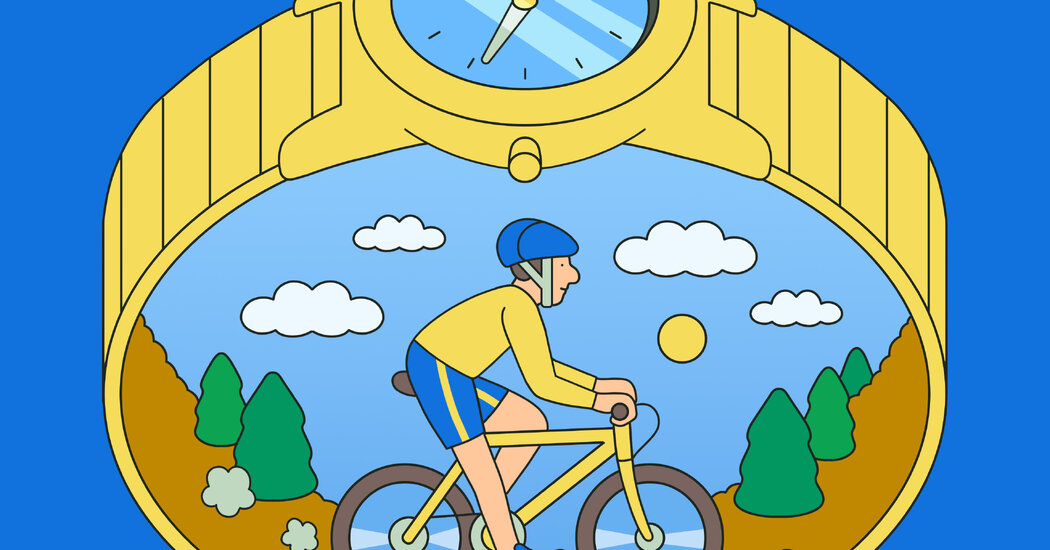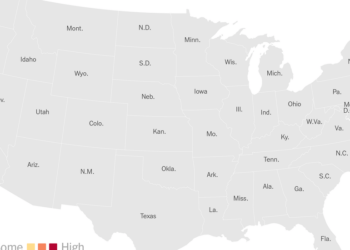Americans work a lot. And lately, even when they’re not working, many bring the outlook and energy of their jobs to their personal lives. Parents are using Slack to run their households as if they were corporate headquarters, and couples are syncing on Trello and Asana to project-manage their vacations and date nights. At least a few college students are logging onto Google Calendar to schedule friend outings, along with, well, hookups.
Hobbies are not safe. Setting goals in off hours — what some call “leisure crafting” — looks a bit like another example of letting work-brain logic worm its way into personal lives. But done right, it can help you feel a sense of purpose, confidence and accomplishment that’s unrelated to work, said Alex Hamrick, a management professor at the University of Richmond who has written about the topic. (He, for instance, recently got into kayaking.)
The idea of leisure crafting is not to radically shift your approach to free time — or even pick new pursuits — as much as it is to incorporate a few goals, Dr. Hamrick said. Like to run? Train for a race. Enjoy reading? Aim to read a certain number of books by the end of the year.
How it’s pronounced
/lē-zhər kraft-iŋ/
Dr. Hamrick first saw the term bubbling up in organizational psychology research about a decade ago, he said. (It has since appeared in articles about types of workers and students.) He suggested that it had roots in “job crafting,” an approach that puts the onus on employees to figure out ways to focus their workdays on fulfilling tasks.
Thank you for your patience while we verify access. If you are in Reader mode please exit and log into your Times account, or subscribe for all of The Times.
Thank you for your patience while we verify access.
Already a subscriber? Log in.
Want all of The Times? Subscribe.
The post Hobbies Too Relaxing? Try ‘Leisure Crafting.’ appeared first on New York Times.




